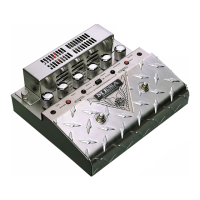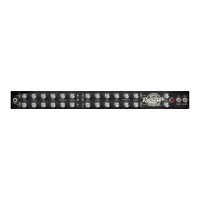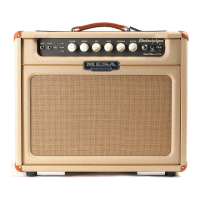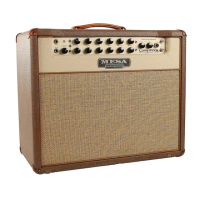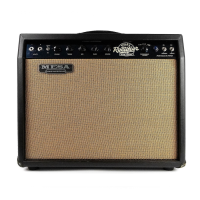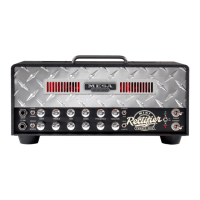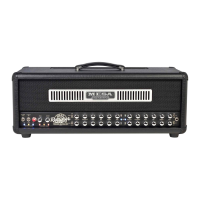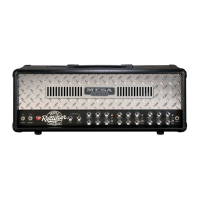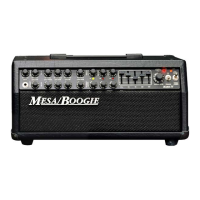

Do you have a question about the Mesa/Boogie Mark IV Amplifier and is the answer not in the manual?
| Brand | Mesa/Boogie |
|---|---|
| Model | Mark IV Amplifier |
| Category | Musical Instrument Amplifier |
| Language | English |
Essential precautions for safe operation, handling, and electrical safety.
Introduction to the amplifier's design, heritage, and capabilities.
Visual identification of all front panel controls and their locations.
Visual identification of all rear panel connections and switches.
Step-by-step guide for safely powering on the amplifier.
Detailed explanation of controls for Rhythm 1 and Rhythm 2 channels.
Detailed explanation of controls for the Lead channel.
Explanation of Master Volume, Graphic EQ, Output Level, Standby, and Power modes.
Details on AC receptacle, fuse, speaker jacks, and recording/slave outputs.
Explanation of effects loop, satellite connections, mode selector, and external jacks.
Information on Triode/Pentode and Simul-Class/Class A power amp selections.
Guide for replacing and substituting power tubes.
Diagnosing and resolving issues related to tube noise.
Identifying and addressing problems with power tubes.
Diagnosing and resolving minor pre-amp tube noise problems.
Detailed explanation of bias adjustment concepts and procedures.



